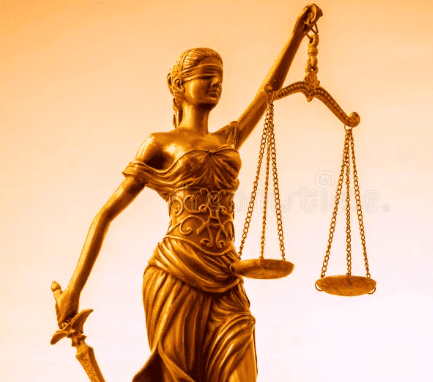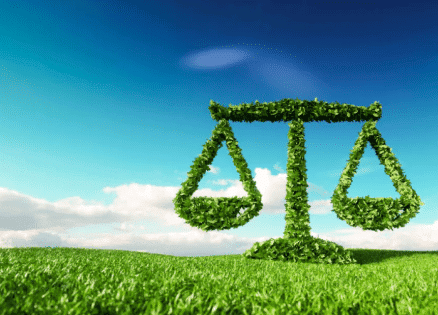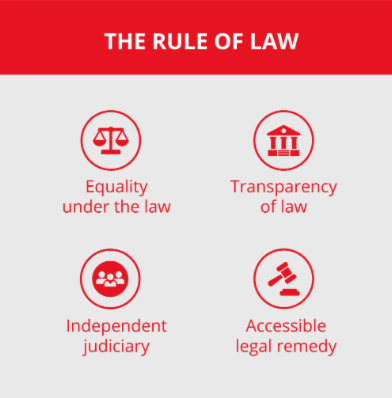|
Law can be described as a system of rules and regulations that are ___ by a country or society. |
Card: 1 / 26 |
|
True or False: Jurists and legal scholars unanimously agree on a single definition of law. |
Card: 3 / 26 |
|
True or False: Chief Justice Truepenny believes that public opinion should influence legal decisions. |
Card: 5 / 26 |
|
False. Chief Justice Truepenny believes that public opinion should not influence legal decisions. |
Card: 6 / 26 |
|
The goal of criminal law, according to Justice Foster, is primarily for ___ and not to apply man-made laws to those outside normal society. |
Card: 7 / 26 |
|
True or False: Justice Keen believes that the court should consider moral implications when deciding cases. |
Card: 11 / 26 |
|
False; Justice Keen separates legal and moral aspects, stating the court's role is not to decide on morality. |
Card: 12 / 26 |
|
Natural law is often described as ___ and ___ law, which is eternal and universal. |
Card: 13 / 26 |
 Unlock all Flashcards with EduRev Infinity Plan Starting from @ ₹99 only
|
|
True or False: The Rule of Law allows individuals in positions of power to act above the law. |
Card: 15 / 26 |
|
False. The Rule of Law signifies that no one is above the law, ensuring equality and non-arbitrariness. |
Card: 16 / 26 |
|
The principle of Nemo judex in causa sua ensures that ___ in legal proceedings. |
Card: 17 / 26 |
|
True or False: The Analytical School of jurisprudence argues that law should reflect moral principles. |
Card: 19 / 26 |
|
False. The Analytical School emphasizes the separation of law and morality, stating that law must be obeyed regardless of its moral implications. |
Card: 20 / 26 |
|
The historical school of jurisprudence asserts that law is ___ and evolves with ___ . |
Card: 21 / 26 |
|
Realists view judge-made laws as more reflective of the actual legal landscape than ___ laws. |
Card: 23 / 26 |
|
Law serves the function of ensuring fair treatment and resolution of disputes, also known as ___ justice. |
Card: 25 / 26 |























